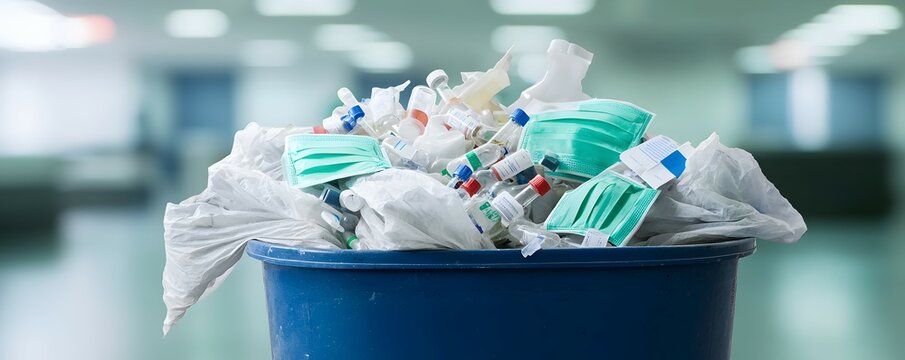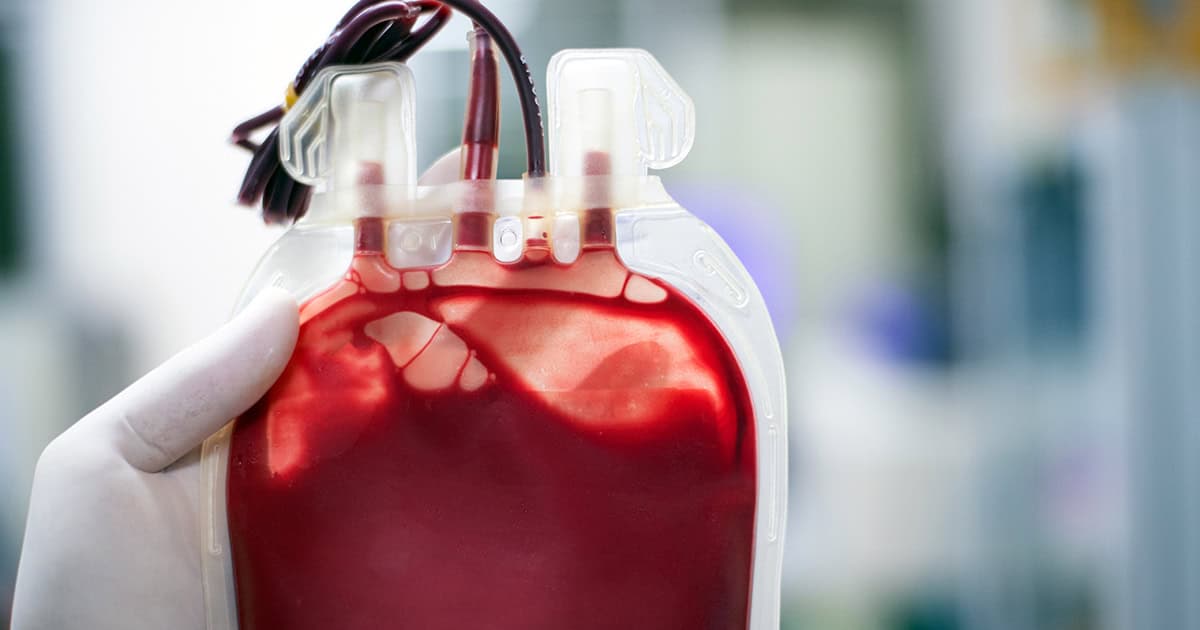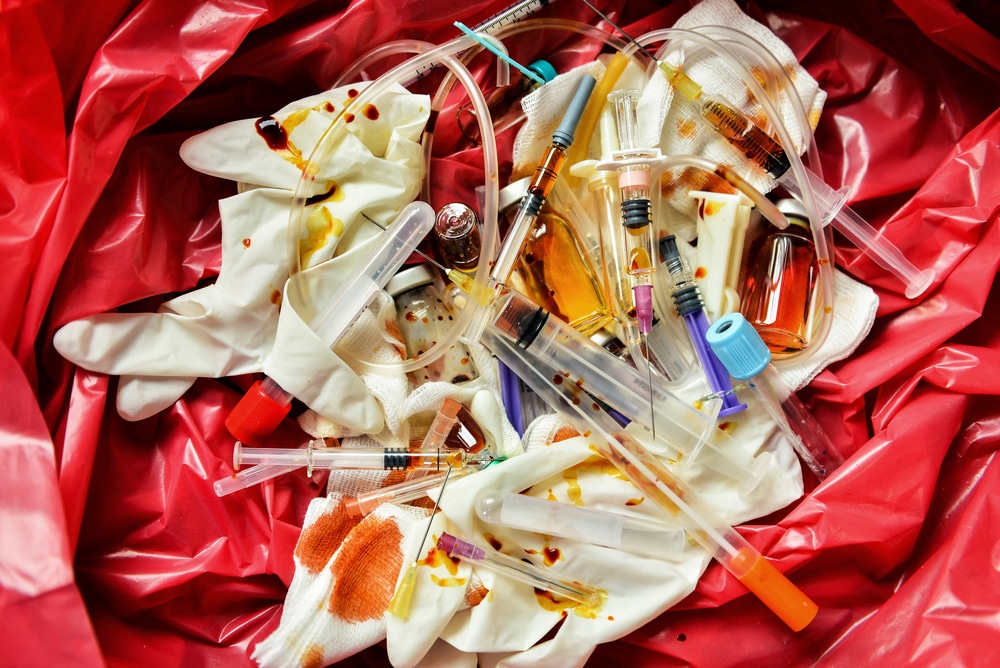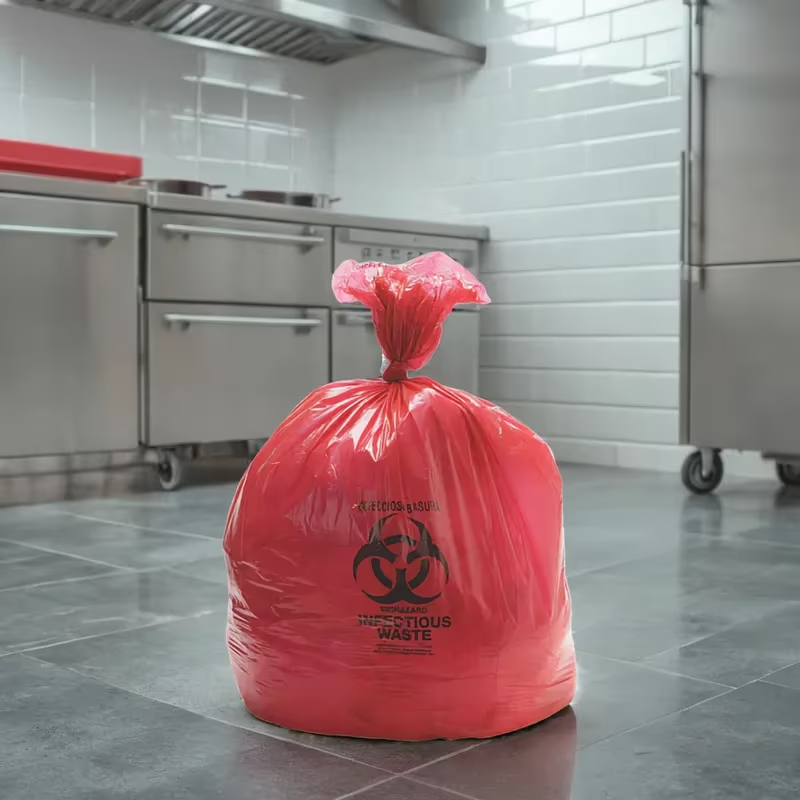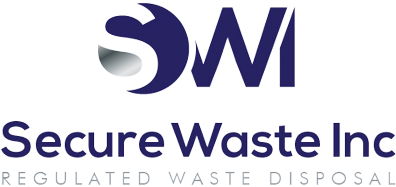Do You Need To Reduce Medical Waste Cost In Your Healthcare Facility? Secure Waste Provides The Complete Guide On Reducing Medical Waste In 2025
At Secure Waste, we understand that managing medical waste can be costly financially and for our environment and health.
The good news is there’s a straightforward solution! By reducing your waste volume, you can significantly cut disposal costs. Start by getting familiar with the current regulations and setting up effective routines. Excitingly, we’ve outlined practical tips to help you avoid the pitfalls of excess medical waste while saving money.
Together, we can make a positive impact!
Before We Get Into Reduction Of Medical Waste. Let’s Review Some Numbers
Are you curious how much of your hospital waste is classified as regulated medical waste (RMW)? If it exceeds 15%, there’s a fantastic opportunity for improvement that benefits your bottom line and supports our planet!
Implementing a comprehensive waste segregation and minimization program can lead to significant savings while reducing your healthcare facility’s environmental footprint.
Did you know many hospitals dispose of 50-70% of their waste as RMW? Depending on your state, you might hear RMW referred to as infectious or biomedical waste. Interestingly, a large portion of hospital waste is quite similar to what you’d find in hotels or offices, including paper, cardboard, and food waste.
The cost difference is staggering; healthcare facilities can pay up to ten times more to handle RMW than regular solid waste. However, with a well-structured education program, hospitals can realistically aim to reduce RMW to just 6-10% of their total waste stream! The CDC even suggests that, ideally, only 3-5% of hospital waste should be categorized as RMW.
When it comes to reducing RMW, look beyond the “gray areas” of contamination. You can achieve substantial reductions by thoughtfully segregating items like coffee cups, packaging materials, paper towel waste, clean blue wrap, and even pizza boxes!
Additionally, on-site treatment and minimizing packaging for RMW can be incredibly effective strategies. We’ll delve deeper into these methods and more as we progress.
Consider this: hospitals generate nearly 6 million tons of medical waste annually. Not only is it crucial to handle this waste safely and compliant with regulations, but it can also become quite costly!
So, how can healthcare facilities efficiently reduce the expenses associated with medical waste? Embracing innovative waste management practices can pave the way to a more sustainable and cost-effective future for the healthcare industry. Let’s work together towards a greener and more responsible approach!
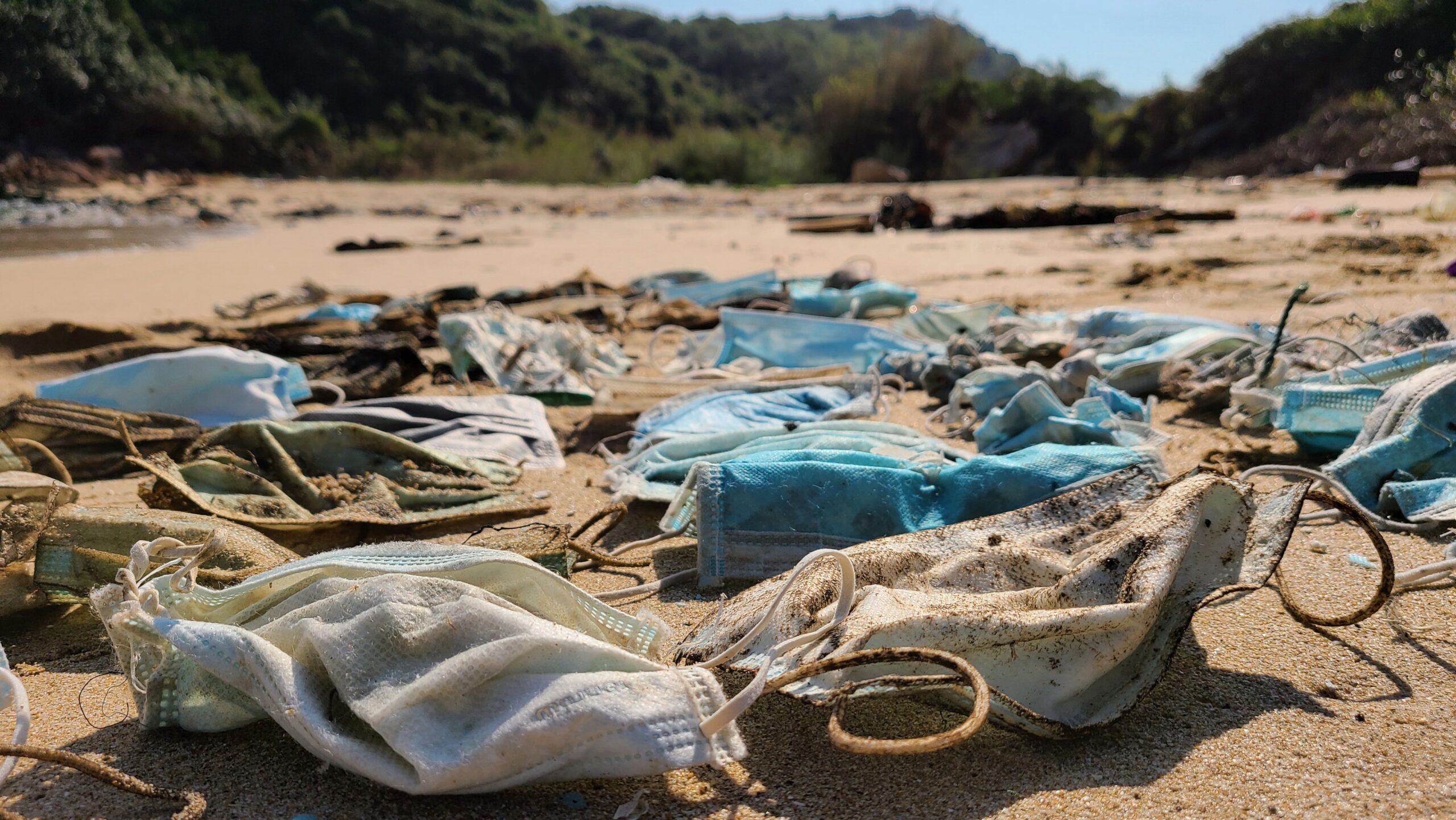
We will discuss ways to reduce medical waste and find cost-effective disposal solutions.
Secure Waste Explains First Explore Your Options
When it comes to medical waste disposal, consider it an opportunity to find the best fit for your needs! Different companies provide various services and prices, so don’t hesitate to explore your options before committing.
Most waste disposal specialists are equipped to handle everything from sharps and prescription medications to radioactive and trace chemotherapy materials.
A trustworthy service might also offer valuable resources like OSHA training programs, HIPAA-compliant shredding, and expert biohazard waste disposal. You can choose a partner that genuinely supports your commitment to safe and compliant waste management. Your diligence ensures a healthier future for everyone!
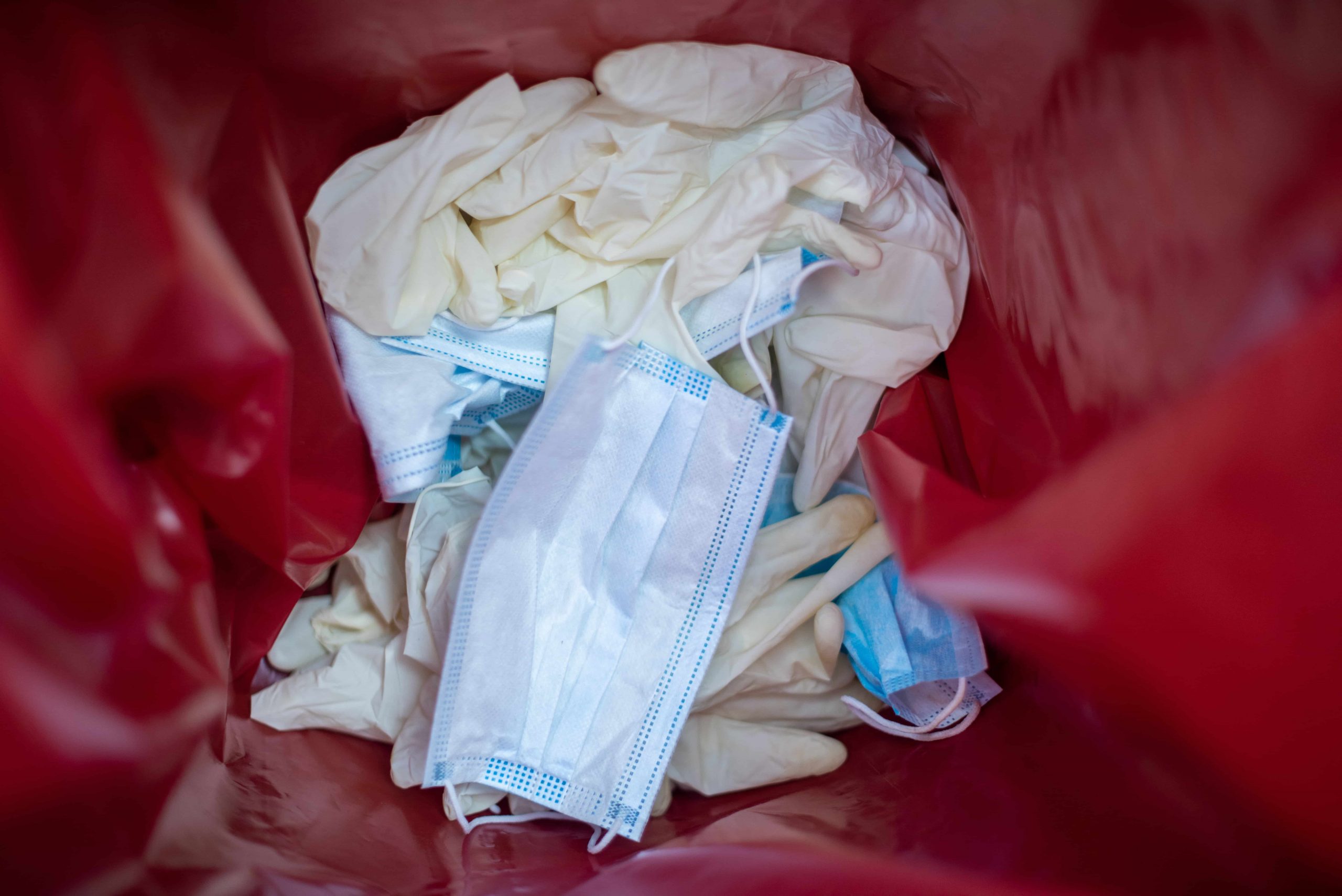
It Starts With Proper Collection and Segregation
Efficiently collecting and separating medical waste is essential for cost savings and safety! By using marked containers and displaying informative signs for staff and patients, we can ensure that these materials are handled correctly. Remember, keeping medical waste from mingling with regular trash helps maintain a clean, safe environment for everyone involved!
Understanding the Steps of Medical Waste Disposal
Understanding the steps for efficient waste disposal can help identify areas for improvement. Here is a brief overview of the actions your healthcare facility should take when disposing of medical and biohazardous waste.
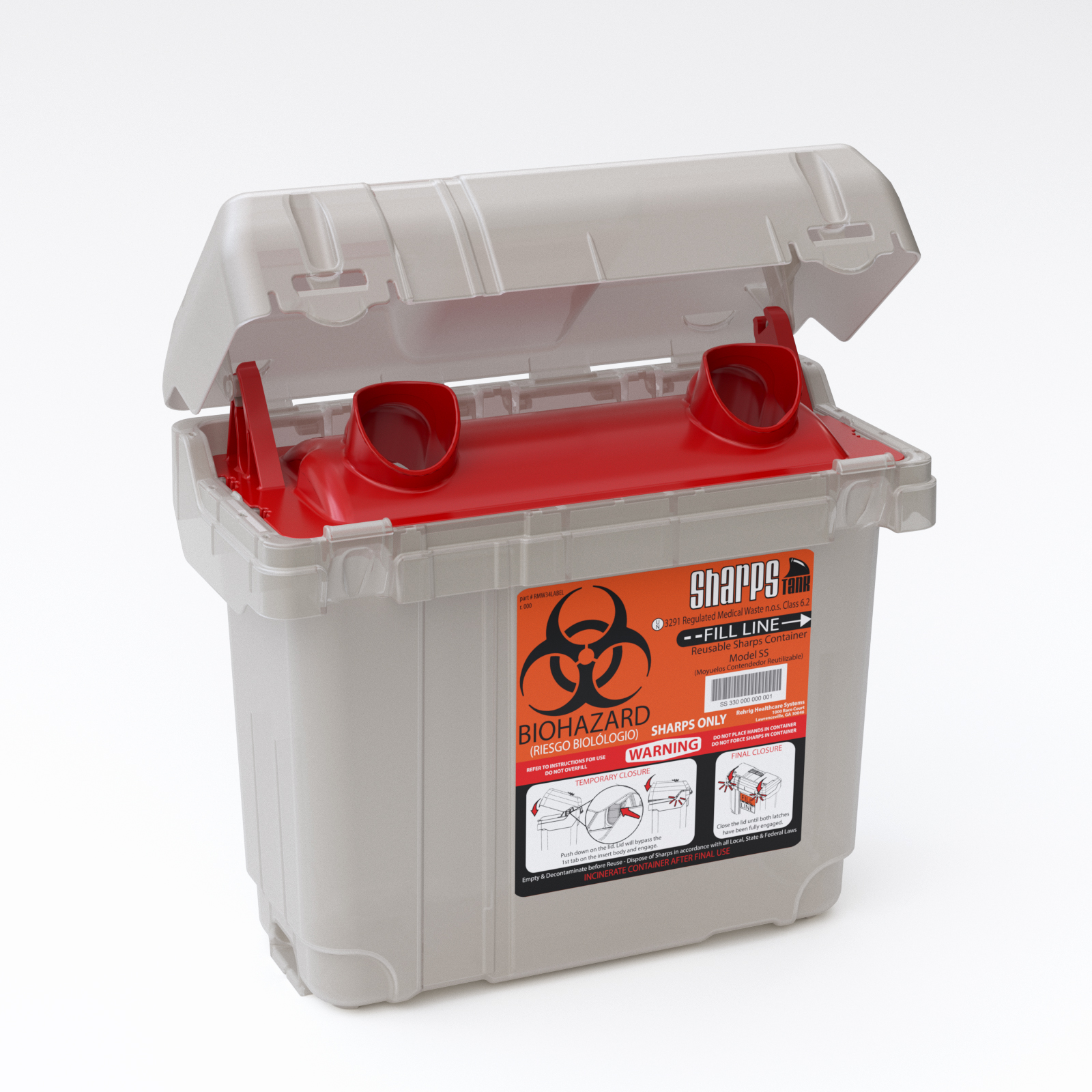
Reusables
Reusable products are a fantastic way for medical professionals to maximize efficiency while minimizing waste! Using specific tools multiple times significantly reduces the amount of medical waste generated.
In healthcare, maintaining sanitation is paramount, so it’s essential to ensure that only specific items can be reused safely and legally. Many stainless steel and metal instruments and sharp containers can be disinfected for repeated use.
Remember, each manufacturer and state has unique regulations, so it’s always a good idea to familiarize yourself with these guidelines before reusing any medical equipment. Together, we can make a positive impact!

Get Better Educated About Waste Disposal
You’ll be amazed at how easy cutting waste in a medical facility is! Minor adjustments can lead to significant savings, benefiting both the environment and your budget. Let’s make a difference together!
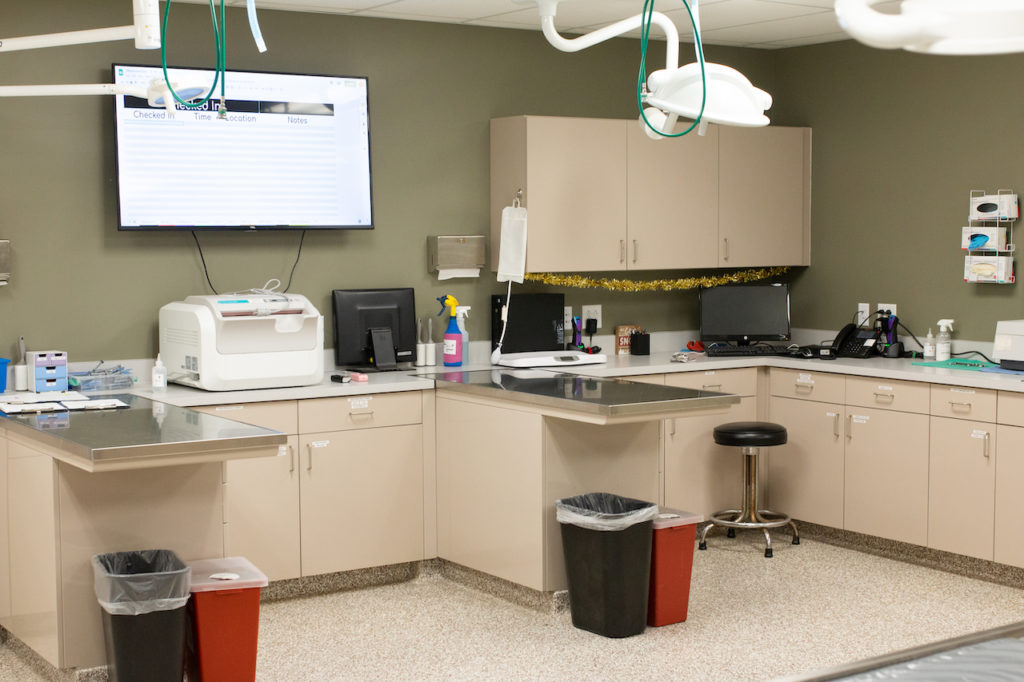
Start Using Small Waste Containers
Everyone needs to know the difference between regular trash and medical waste containers. Use small, clearly marked containers for medical waste to keep things safe and organized.
Placing these containers in secure areas away from patients helps prevent mix-ups. Color coding is a fantastic way to identify medical waste containers from standard trash cans easily. Let’s work together to maintain a clean and safe environment!
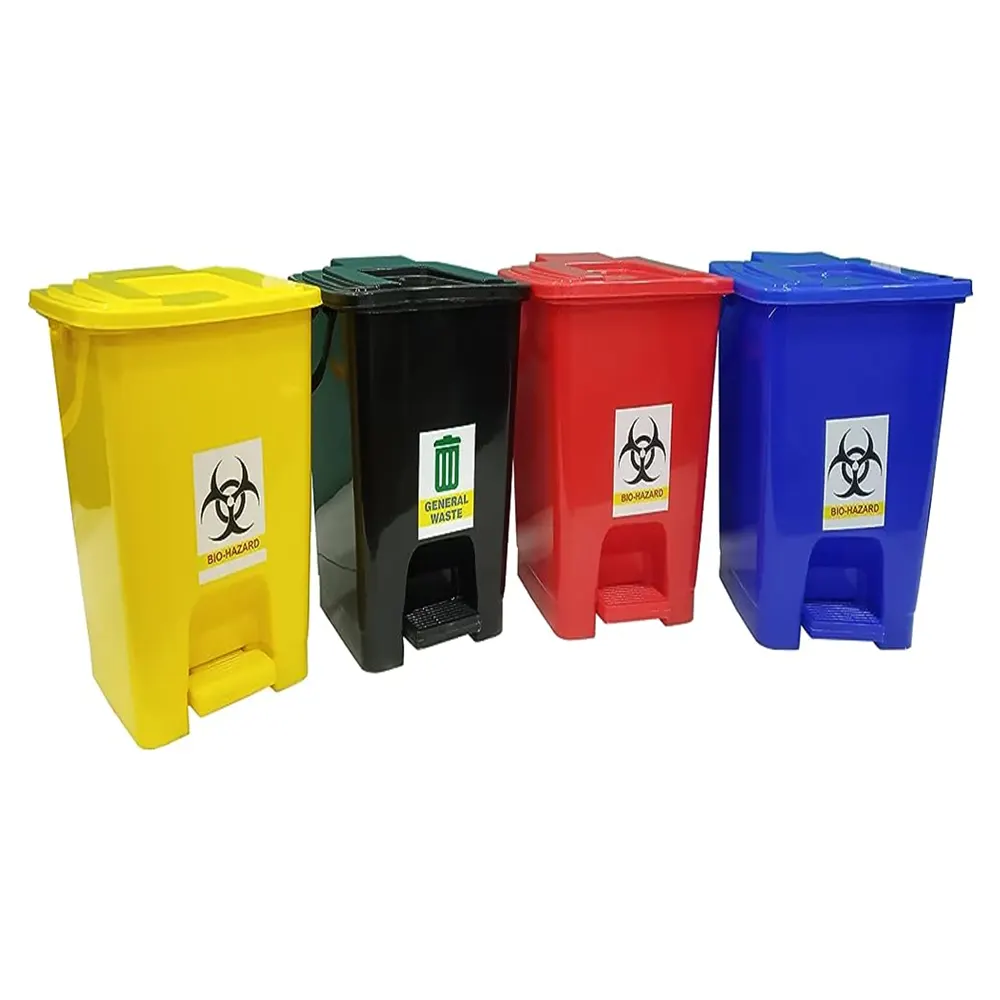
Separate Waste Containers Big Changes
To keep your facility safe and organized, it’s essential to ensure that all your medical waste containers are clearly labeled with vibrant colors. The most commonly used colors for designated medical waste include red, yellow, black, and blue, each serving a vital purpose!
For instance, red sharps containers are specifically for safely disposing of needles, razors, blades, and similar items. They are also perfect for biohazardous materials like IV tubing, blood products, and infectious waste.
On the other hand, yellow containers are designated for trace chemotherapy products, such as wipes, gowns, gloves, and empty needles and syringes.
Remember to label radioactive substances properly—they should be stored in clearly marked shielded containers. While less common, black containers are essential for hazardous medications and bulk chemotherapy products. Lastly, a blue container is ideal for prescription drugs and pharmaceuticals.
Also, remember to separate liquid and solid biomedical waste. Categorizing waste effectively enhances management, streamlines disposal, and contributes to a more efficient and cost-effective approach. Keeping our spaces safe is a team effort and every step counts!
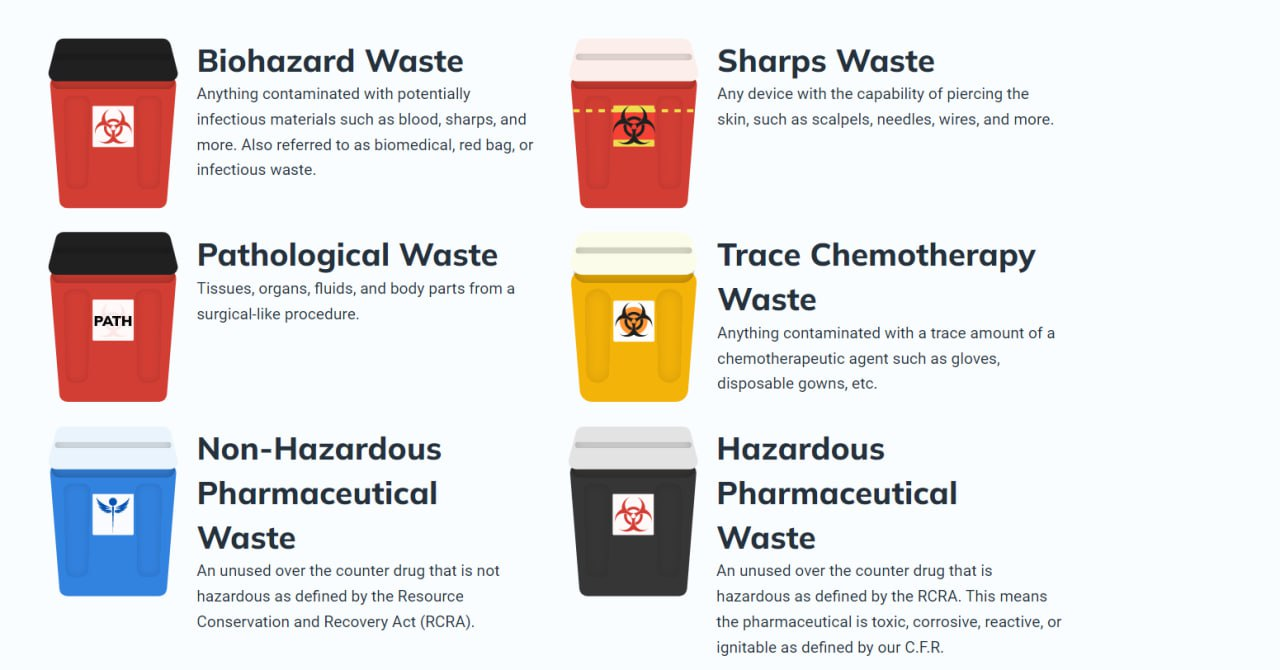
Clear Signage Displayed Appropriately
To avoid confusion about waste disposal containers, please post clear signs. Visible signs in designated areas serve as reminders for staff and patients.
Education, Review & Follow Up
Conducting regular audits is a fantastic way to reduce medical waste disposal costs. These valuable checks help ensure that everyone uses the proper disposal containers, from patients to staff.
It’s essential to educate our team about proper practices; integrating this into their training and providing updates as necessary fosters a knowledgeable environment.
Additionally, having a clear medical disposal plan that all staff members understand is crucial. This promotes safe waste disposal and prioritizes the health and safety of our entire community. Together, we can create a cleaner, safer, and more efficient environment for everyone!
Before Medical Is Picked Up, You Need Storage
Your healthcare facility must have a dedicated, secure area for medical waste storage, safely away from public spaces and food zones. This ensures a clean and safe environment for everyone! If some waste needs refrigeration, could you provide your storage with a refrigerator and freezer?
All staff must wear protective gear while handling medical waste, prioritizing safety and care. Together, we can maintain a safe and responsible healthcare setting!
In closing, now that you know how to reduce medical waste in Maryland, Virginia, and Washington D.C., contact Secure Waste: We provide reliable, compliant, and eco-friendly Biomedical waste disposal solutions for your facility’s needs. We have expertise in biomedical, hazardous waste, and Sharps container disposal. In addition, we provide customized waste management plans, including secure collection and transport and sustainable disposal practices.
Contact us today for a FREE Waste Assessment, or request a quote online!
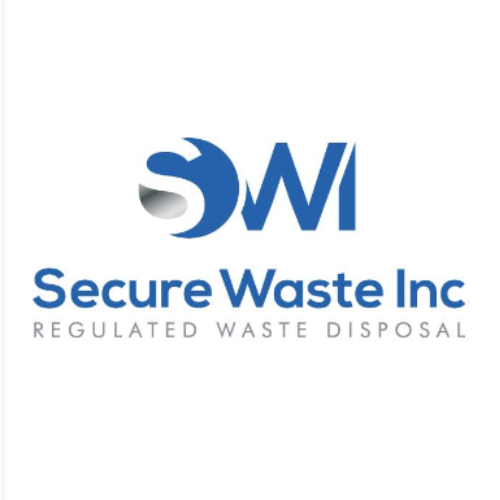
Expert Medical Waste Management: With over 25 years of industry experience, Secure Waste is a trusted local leader in hazardous and biohazardous waste disposal across Maryland, Virginia, and Washington, D.C. Specializing in medical waste management, sharps needle disposal, and biohazard waste removal, the company ensures full compliance with federal, state, and local regulations while prioritizing environmental sustainability.
The company also offers additional services, including secure document shredding and sharps container sales, providing comprehensive solutions for healthcare facilities and businesses. Our cost-effective services help clients maintain regulatory compliance without unexpected costs.
With a commitment to customer satisfaction, Secure Waste offers tailored waste management plans that align with industry best practices. Their team of experts provides reliable, timely, and compliant services, making them the preferred choice for medical waste disposal. For a free waste quote or more information, visit www.securewaste.net
